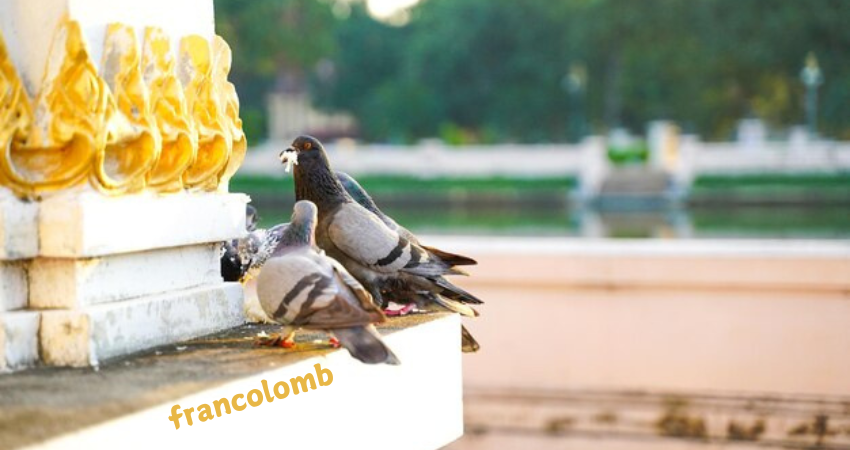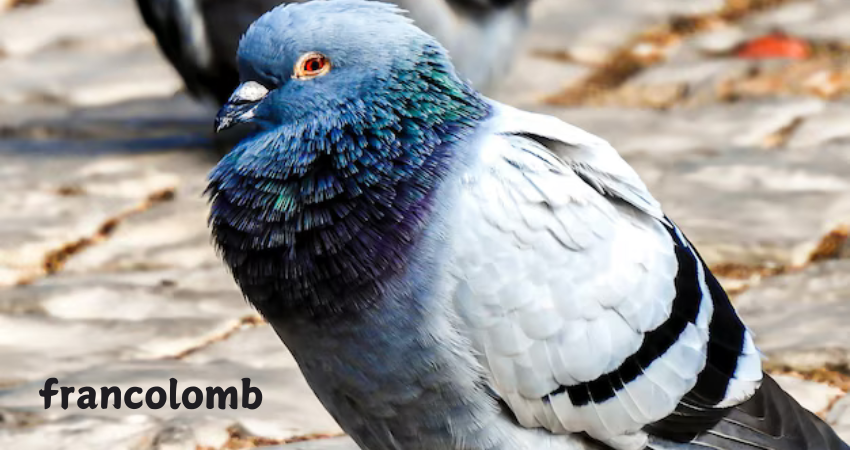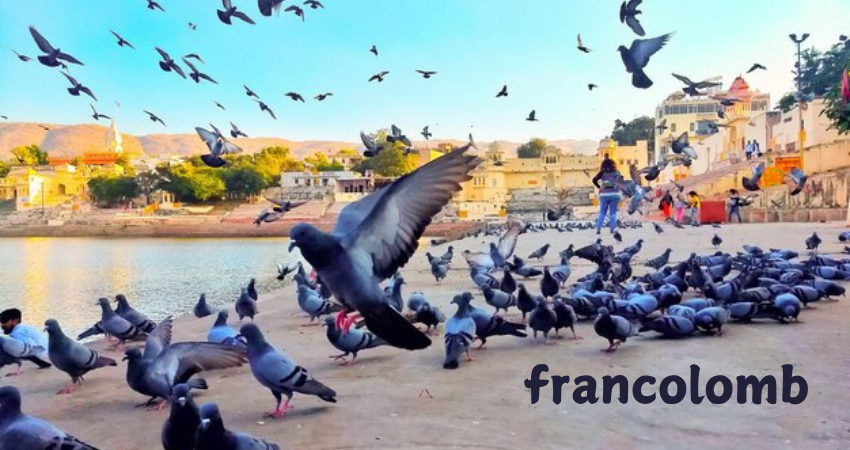Throughout the annals of history, nature has graced us with creatures that inspire wonder, and among them lies the elusive francolomb, a bird whose existence teeters between myth and reality. A blend of historical anecdotes, cultural significance, and whispers of the supernatural, the story of the Francolomb has taken on a life of its own, transcending the bounds of ordinary lore.
This is the tale of a bird that is more than a bird—a symbol of freedom, an emblem of resilience, and a harbinger of hope and transformation.
Origins of the Francolomb: A Mythic Birth
Ancient Origins and the First Sightings
In the mists of antiquity, legends of the francolomb began to take flight. Found in oral traditions passed down among indigenous tribes of the Mediterranean Basin, the bird was described as possessing the body of a dove (colomba) and the strength and agility of a francolin. Its name itself—a portmanteau of “francolin” and “colomba”—evokes a creature born of dualities, an amalgamation of tenderness and tenacity.
Some of the earliest depictions of the Francolomb appear in pre-Christian mosaics unearthed near the island of Cyprus, a land rich with avian lore. In these ancient designs, the bird is depicted with outstretched wings, its feathers shimmering as if kissed by sunlight. The ancients believed it to be a divine emissary, tasked with guiding souls through the afterlife.
Francolomb in the Classical Era
The poets of the Hellenistic period immortalized the Franclomb in verse. To Hesiod and later to Ovid, the bird symbolized the reconciliation of opposites: earthly desire and spiritual ascension. Ovid’s Metamorphoses recounts a tale of a prince cursed by the gods to wander the skies as a Francolomb, doomed to bridge two worlds but belong to neither.
Roman naturalists, such as Pliny the Elder, recorded scattered accounts of the bird in their works. Although skeptics dismissed the Franolomb as a fanciful hybrid of common doves and francolins, others argued that its unique traits made it a species in its own right.

The Francolomb in Medieval Imagination
Symbolism in European Folklore
By the medieval period, the Franolomb had soared into the collective imagination of Europe. Its reputation grew as a messenger of divine will, often appearing in illuminated manuscripts and cathedral carvings. The bird’s dual nature became a powerful metaphor in Christian allegory: the dove-like innocence symbolizing Christ’s peace, and the francolin’s earthbound pragmatism reflecting humanity’s toil.
Tales abound of knights embarking on quests guided by visions of the Francolomb. In Arthurian legends, the bird is said to have perched upon the shoulder of Sir Galahad as he approached the Holy Grail. This motif, scholars argue, represents spiritual guidance, an unwavering moral compass.
The Secretive Role of the Francolomb in Mysticism
Beyond its mainstream representation, the Franclomb fluttered into the shadowy realms of mysticism. Occult texts from the 13th and 14th centuries refer to the bird as a symbol of alchemical transformation, likened to the fabled phoenix. The Francoomb was not consumed by flames but instead transcended through sheer will, shedding its earthly ties to achieve celestial grace.
The Francolomb in the Age of Discovery
Explorers’ Accounts of the Elusive Bird
As explorers set sail for distant shores, stories of the Franolomb spread across continents. Spanish chroniclers reported sightings in the Americas, describing a bird that bore striking resemblances to its Old World counterpart. Was this mere coincidence, or did the Francolomb truly span hemispheres?
In the journals of Marco Polo, there lies a cryptic reference to “the spirit-bird of Cathay,” a creature with dove-like plumage and a francolin’s haunting call. Some speculate that Polo’s account may have further entrenched the Francoomb mythos in global consciousness.
The Francolomb as a Political Symbol
During the tumultuous periods of the Renaissance and Enlightenment, the Franclomb took on a new role as a symbol of liberty. Revolutionaries across Europe invoked the bird as an emblem of unity, often inscribing its likeness onto banners and coins. In France, during the early murmurs of revolution, the Francoomb was seen as an icon of duality: the people’s yearning for peace clashing with their fight for freedom.
The Modern Reimagining of the Francolomb
Scientific Pursuits and Disillusionment
By the 19th century, the rise of ornithology brought the Franclomb into the crosshairs of scientific scrutiny. Naturalists scoured archives and habitats, seeking evidence of this elusive bird. Skeptics dismissed it as a folkloric amalgamation, while enthusiasts argued that its elusiveness was proof of its rarity, not its nonexistence.
One of the most tantalizing clues emerged in 1867, when an explorer claimed to have captured a bird resembling the Francolomb in the dense forests of Africa. However, the specimen was lost during its journey to Europe, leaving behind only tantalizing sketches.
The Francolomb in Literature and Art
The Romantic era breathed new life into the legend of the Franclomb. Poets like William Wordsworth and Samuel Taylor Coleridge referenced the bird in their works, using its dual nature to explore themes of love, loss, and transcendence. Painters, too, were captivated, often portraying the Franclomb in ethereal landscapes where reality blurred into dream.
Cultural Legacy and Eternal Mystery
The Francolomb in Contemporary Symbolism
In the modern era, the Franclomb has transformed into a universal metaphor for balance, freedom, and perseverance. Environmentalists have adopted the bird as a symbol of harmony between humanity and nature, urging the preservation of biodiversity.
Is the Francolomb Real?
Despite centuries of speculation, no definitive proof of the Franolomb’s existence has ever been found. Yet, its absence in scientific records has not diminished its presence in human culture. Like the unicorn or the phoenix, the Francoomb thrives in the imagination, where it serves as a reminder of our deepest aspirations.

FAQs About the Francolomb
1. What is the Francolomb?
The Franclomb is a legendary bird, said to embody the qualities of a dove and a francolin, with deep roots in mythology, folklore, and symbolism.
2. Where does the legend of the Franclomb originate?
The Francoomb originates in ancient Mediterranean cultures, with its earliest mentions found in oral traditions and art.
3. Is there any scientific evidence for the Francolomb?
No concrete evidence of the Franclomb’s existence has been found, although historical accounts and artistic depictions suggest it may have inspired by real species.
4. What does the Francolomb symbolize?
The Francoomb symbolizes duality, freedom, transformation, and harmony, appearing in various cultural contexts throughout history.
5. Has anyone seen a Francolomb in modern times?
There are no verified modern sightings of the Francolmb, but its legend persists in art and literature.
6. Why is the Franclomb important in folklore?
The Francolmb’s significance lies in its representation of the unity between opposing forces, making it a powerful emblem in human stories.
Conclusion: The Franclomb Takes Flight in Our Minds
The francolomb may or may not exist as flesh and feather, but its essence soars far beyond the material. It lives in our art, our stories, and our dreams—a beacon for those who seek balance in the chaos of life. Through its mythic flight, the Francolomb reminds us that even in the face of uncertainty, hope, and wonder endure.


